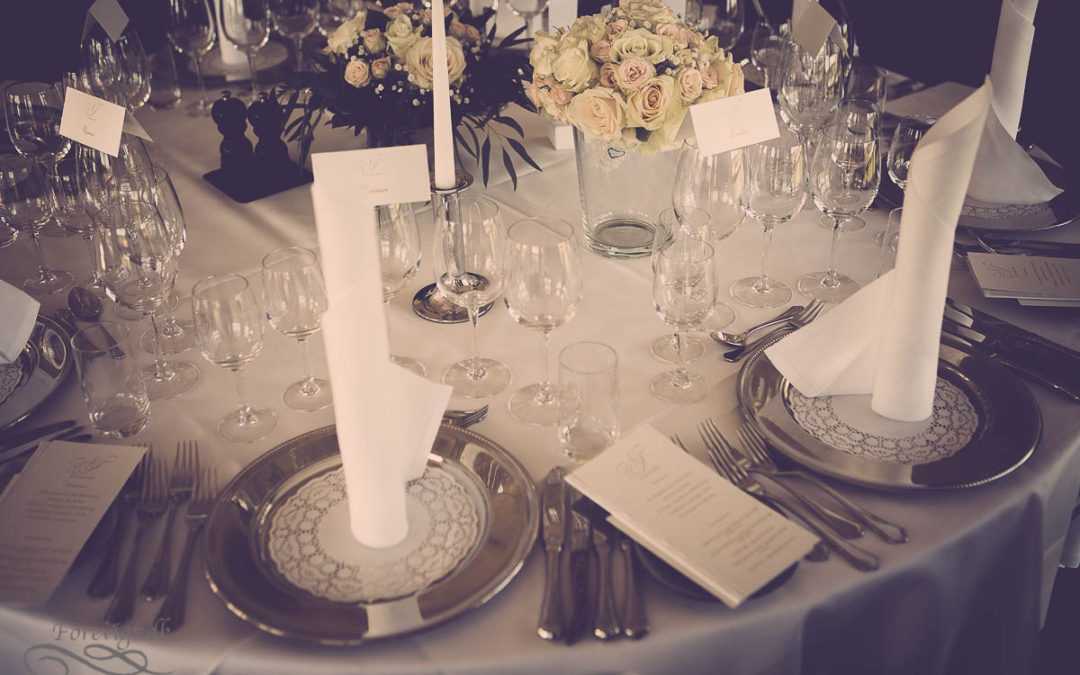professional photographer
Bill Collins is the life of the party at most of the wedding receptions he attends. That’s because Collins, a professional photographer in Richmond, Ind., spent the day shooting the wedding and the preparation before the ceremony, on his Nikon D-1 digital camera. During the reception, his digital photographs are available for all to see on his laptop computer. It’s not rare, he says, for the bride to sip her wedding day champagne and click through pictures on the laptop, a crowd of guests gathered over her shoulder. Nor is it rare for guests to order favorite prints directly from him, either in person that day, or online later. Photo by: Middelfart photography
Such arrangements are becoming more common, says Bill Hurter, editor of Rangefinder Magazine for Wedding & Portrait Photographers International, a professional association of about 3,000 photographers. As digital camera technology advances quickly, nearing or surpassing the quality established by 35mm cameras, it is also moving into the field of wedding photography, offering new choices for the bride and groom and new opportunities for the photographer.
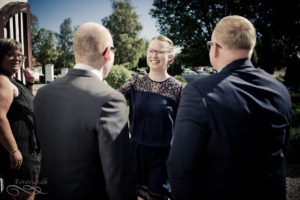
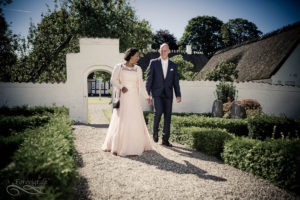
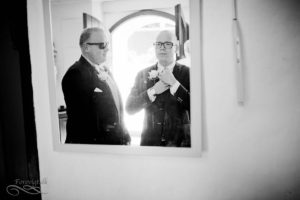
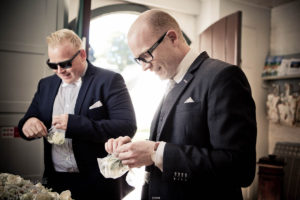


“It’s giving the photographer a whole new way to sell prints,”
“It’s giving the photographer a whole new way to sell prints,” says Hurter, of Santa Monica, Calif. Many photographers will leave their cards, complete with Web address and phone number, at each place setting. Later, guests can log on, see the pictures, and order professional prints. Even >better, the long-distance uncle or cousins who could not attend can see what they missed just a few days after the wedding online. Wedding pictures Bogense Fyn
“It’s very hip and efficient,” Hurter says. Perhaps more importantly, says Collins, digital cameras allow more images for the photographer and bride and groom to choose from. With film photography, he said, each time he pressed the shutter cost him about $1 in film and developing costs. Digital photography allows him to shoot two to three times as many images as before. There are more images, no wait for developing, and more people to see and appreciate the pictures. With film photography, “if you’re lucky, five percent of those who attended the wedding ever get to see the pictures,” he says. Today, few guests at the reception leave without looking at the laptop “slide show.” “It’s the hit of the evening,” he says.
Collins, who lives and works in the triangle between Indianapolis, Cincinnati, and Dayton, Ohio, offers his customers a $1,095 digital package which includes five CDs with high-resolution images, which the bride and groom can print, place on their own Web site, or otherwise reproduce, an album of 36 8-by-10s, and a posting of the photographs on Collins’ Web site for eight weeks.
